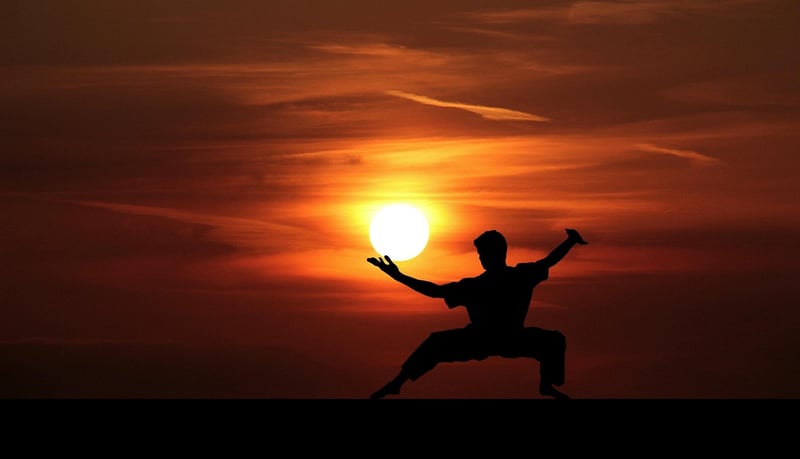Yang Style
The Art of Balance and Harmony in Yang Style Tai Chi

Yang Style Tai Chi is a graceful form of martial arts that focuses on achieving balance and harmony both physically and mentally. It is characterized by slow, flowing movements that are gentle on the body but powerful in their effects. The practice of Yang Style Tai Chi is not only a martial art but also a moving meditation that promotes relaxation, inner peace, and overall well-being.
The Philosophy of Balance
Central to Yang Style Tai Chi is the concept of balance. Practitioners learn to move with grace and ease, maintaining equilibrium in both body and mind. By cultivating balance, one can improve coordination, flexibility, and strength while reducing the risk of injury.
The Harmony of Movement
Harmony is another essential element of Yang Style Tai Chi. The fluid movements and controlled breathing patterns create a sense of harmony within the body. This gentle, flowing motion helps to release tension, increase energy flow, and promote a sense of peace and tranquility.
Benefits of Yang Style Tai Chi
- Improves balance and coordination
- Increases flexibility and strength
- Reduces stress and anxiety
- Enhances focus and concentration
- Promotes relaxation and inner peace
Practice Tips for Beginners
- Start slowly and focus on your breathing
- Pay attention to your posture and alignment
- Practice regularly to see improvement
- Seek guidance from a qualified instructor
- Listen to your body and respect your limits
Whether you are looking to improve your physical health, reduce stress, or enhance your overall well-being, Yang Style Tai Chi offers a holistic approach to achieving balance and harmony in life. By embracing the principles of balance and harmony, you can cultivate a sense of peace and vitality that will benefit you both on and off the practice mat.
Begin your journey to a more balanced and harmonious life today with Yang Style Tai Chi!

